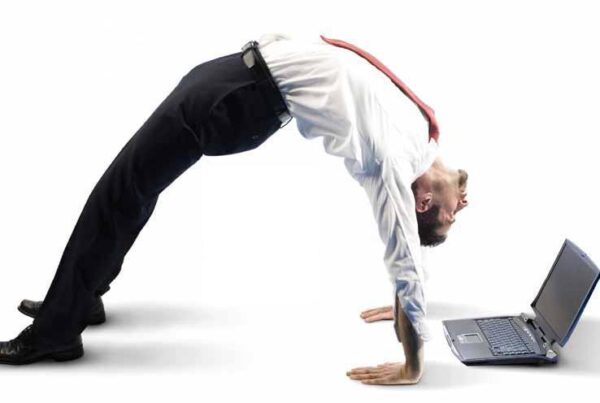Pointe Readiness: When is the Optimal Time to Start Pointe Work?
Michelle Perry PT, DPT
The combined forces from body weight and momentum when dancing en pointe places significant stress on a dancer’s leg; the equivalent of up to 12x the individual’s body weight. Thus, adolescent dancers looking to start pointework and even those dancing at the professional level recovering from injury, must be thoroughly screened to determine their readiness to begin or return to pointe.
Pointework is generally started just prior to or during the onset of puberty (ages 9-15) before skeletal maturity has been reached. Skeletal immaturity means that the growth plates in an adolescent’s bones remain open and more vulnerable to injury and possibly permanent damage. The structure of pointe shoes provides enough support to allow the dancer to fully weight bear on the tips of the toes, however, pointe shoes alone are not enough. It is both the strength and technique of the dancer that brings them from normal standing through demi-pointe and into the full-pointe position. Once en pointe, the dancer continues to work hard using the muscles in her feet, legs, and abdomen to pull themselves up and out of the shoe.
Key elements in assessing a dancer’s pointe readiness are 1. Ankle range of motion, 2. control of center of mass over a narrow base of support by means of hip and abdominal stability, and 3. Motor coordination and neuromuscular control. A dancer must demonstrate at least 90 degrees of ankle plantarflexion (pointed toe) in order to stand vertically on the box and correctly distribute body weight across the tips of their toes while en pointe. Without adequate plantarflexion, compensation will occur by means of weightbearing on the inside or outside of the toe box or back through the heel, increasing risk of injury including to the ankle and/or foot. Control of a dancer’s center of mass over narrow base of support requires strength and control of the hip and trunk. When the foot and ankle are relatively fixed on the floor, motions at body parts higher up the leg and trunk will influence that of all other segments in the chain; thus control at the hip and trunk are important indicators of foot and ankle stability. Lastly, coordination of movement and muscle control of the legs during dance by means of movement integration and balance strategies are the final keys to successfully dancing en pointe. Balance is a function that is essential to the mastery of dance movement as it equates to one’s ability to maintain a center of mass over a small base of support with minimal disruptive sway and maximal steadiness. Without these key elements, the risk of injury to the dancer when dancing en pointe can be significant.
Assessment by a skilled physical therapist following an injury is essential in returning to pointe for the ballet dancer to guide their rehabilitation, ensure a safe return to dancing, and decrease risk of re-injury. At Boston Sports Medicine, our therapists are specially trained in dance medicine and work with dancers from pre-pointe through the professional level. At our Boston Sports Medicine Allston location, aquatic therapy is used to gradually re-introduce barre, jumping, and pointe in a gravity minimized environment following injury to dancers of all levels at pointe appropriate ages. Call us today to schedule an assessment to determine your pointe readiness.
Sources
- “Principals of Dance Medicine: Functional Tests to Assess Pointe Readiness.” Jan. & feb. 2017. Harkness Center for Dance Injuries. Web. 15 Jan. 2017. <http://www.dancemedu.org/>.
- Richardson, Megan. “Functional Criteria for Assessing Pointe-Readiness.” Journal of Dance Medicine & Science 14.3 (2010): 82-88. Web. July 2017



